These days, there is much talk about building back greener after the COVID-19 pandemic. But what does that mean? Part of the answer lies in sustainable infrastructure that is low-carbon, nature-positive and minimizes the sector’s environmental footprint.
Sustainable or green infrastructure can complement traditional grey infrastructure. For example, in Djibouti, where climate change has led to unpredictable rainfall, droughts and floods, the government, with support from UNEP and funding from the Global Environment Facility, built a 2 km-long dike to protect a neighbourhood in Tadjourah, a city on the Indian Ocean, from flood waters. A classic example of grey infrastructure.
This then led to the approval of a project to expand flood defences, notably by restoring mangrove forests on the coastline to reduce the height and strength of waves before they hit the shore. This is green infrastructure.
This combination of grey and green infrastructure is becoming more common as a way to adapt to climate change. UNEP is currently supporting over 45 such ecosystem-based adaptation projects around the world, aiming to restore around 113,000 hectares and benefit around 2.5 million people. These projects are what the UN Decade on Ecosystem Restoration is all about.
Read more about the Djibouti project here.
Learn how the Global EbA Fund supports ecosystem-based adaptation here.

